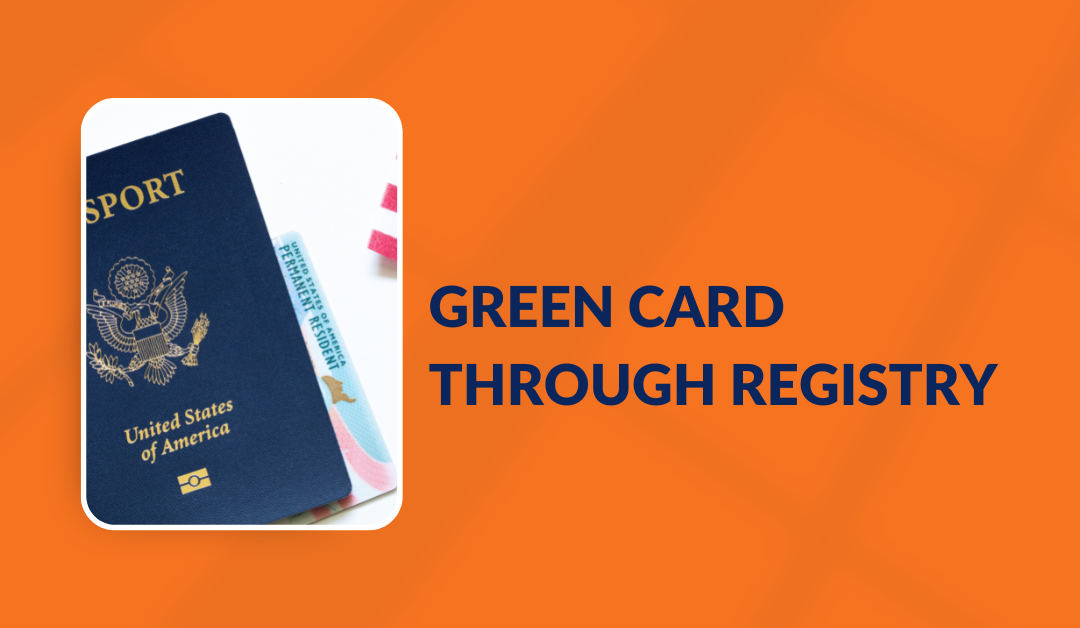Registry is a section of immigration law that allows individuals to apply for lawful permanent resident status (“green card”) provided they entered the United States before a particular date ( “registry date”) and have continuously resided in the United States.
In 1986, the registry date was updated to January 1, 1972 — meaning that only immigrants who entered the country on or before that date could apply to become Lawful permanent residents (green card holders). This date is now so far in the past that very few undocumented immigrants currently living in the United States qualify.
Who’s eligible?
You may be eligible to receive a Green Card (permanent residence) under the registry provisions if you meet all of the following conditions:
- You entered the United States prior to Jan. 1, 1972.
- You have resided in the United States continuously since you entered.
- You are a person of good moral character.
- You are not ineligible for naturalization (citizenship).
- You are not removable (deportable) under Section 237(a)(4)(B) the Immigration and Nationality Act (INA). You are not inadmissible under Section 212(a)(3)(E) of the INA or as a criminal, procurer, other immoral person, subversive, violator of the narcotics laws or noncitizen smuggler
New Green Card Registry Date Could Benefit Millions of Immigrants?
House Democrats have introduced a bill that would allow undocumented immigrants who have lived in the United States for at least seven years to legalize their status. About 8 million documented and undocumented immigrants could be able to become green card holders if Congress updates the cutoff date to the U.S. registry law.
If you have any questions, give us a call: 804-408-3522 or schedule a FREE Immigration Screening, here. Follow us on Facebook, Instagram and stay tuned for the

